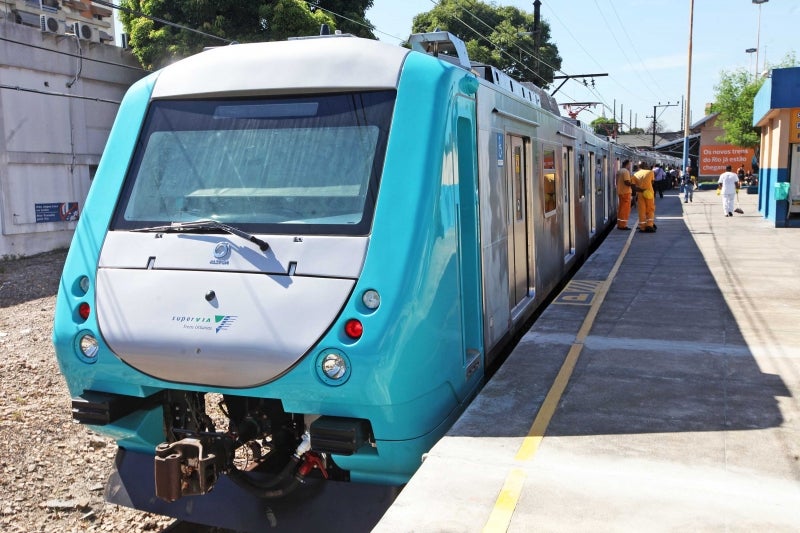Supervia is one example of the World Bank’s transport operational focus: supporting sustainable solutions – universal, efficient, safe, and environmentally friendly – to connect people and businesses to jobs, social services, and markets. In fiscal year 2015 alone, we have invested $5.3 billion in sustainable transport in 34 countries, contributing to the Rio+ pledge of $175 billion in sustainable transport funding from multilateral development banks over 2012-2022.

As we head towards COP21, one may wonder: “How many Supervias will it take to reach a 2 degree scenario? And where will the financing come from?”
Transport accounts for about 60% of global oil consumption, 27% of all energy use, and 23% of world CO2 emissions. With demand for mobility increasing exponentially, especially in developing countries, transport is the fastest growing source of GHG emissions. Inevitably, actions to reduce GHG emissions and stabilize climate warming at 2 degree Celsius, as agreed by the international community in 2009, will fall short if they do not include aggressive measures in the transport sector.
Yet, transport has until now taken a back seat in the climate negotiations. Transport has not been at the heart of the negotiations, the share of transport in climate finance has been very small, and donor support to and interest in transport has been minimal.
But these trends may be changing: out of 133 INDCs submitted as of November 12, 2015, 77% explicitly identify the transport sector as a mitigation source, and more than 61% propose transport sector specific mitigation measures. In addition, 10% of INDCs include a transport sector emission reduction target, and 14% of INDCs include assessments of country-level transport mitigation potential.
For example, in its INDC, China proposes to accelerate the development of smart transport and green freight transport and to give priority to the development of public transportation in cities, and India commits focus on low carbon infrastructure like energy efficient railways and inland water transport.
A number of voluntary coalitions, including Slocat and Michelin Challenge Bibendum are mobilizing all key transport stakeholders in support of major reforms and measures. The Paris Process on Mobility and Climate is organizing at COP21 a series of events to raise awareness about sustainable transport.
The international community needs to rally behind these efforts and help developing countries tackle this agenda.
International finance institutions need to raise the bar and back up efforts developing countries are making to address the climate change challenge. In October of this year, in Lima, the heads of the Multilateral Development Banks announced that they would increase their climate financing. The World Bank Group, specifically, pledged to increase its climate work by one third within 5 years, to 28% of its annual commitments, and the increase will include enhanced support for transport.
Reducing the climate footprint of transport is not a matter of infrastructure projects, alone. We need to improve our knowledge and our instruments to design transport policies that are more climate friendly. We need to assist our client countries in making the right choices, and implementing the right actions. To this end, the World Bank intends to leverage its transport-related technical assistance and knowledge programs through a Multi-Donor Trust Fund on Climate Change in Transport. A major focus of this trust fund will be helping low and middle income countries implement their transport-related INDC or consider similar commitments for those that did not commit on transport in this pre-Paris phase. We are keen to join hands with partners in this endeavor.
One thing is for sure: COP21 is a unique opportunity to shape transport investments towards a sustainable path. It is an opportunity we must seize.


Join the Conversation